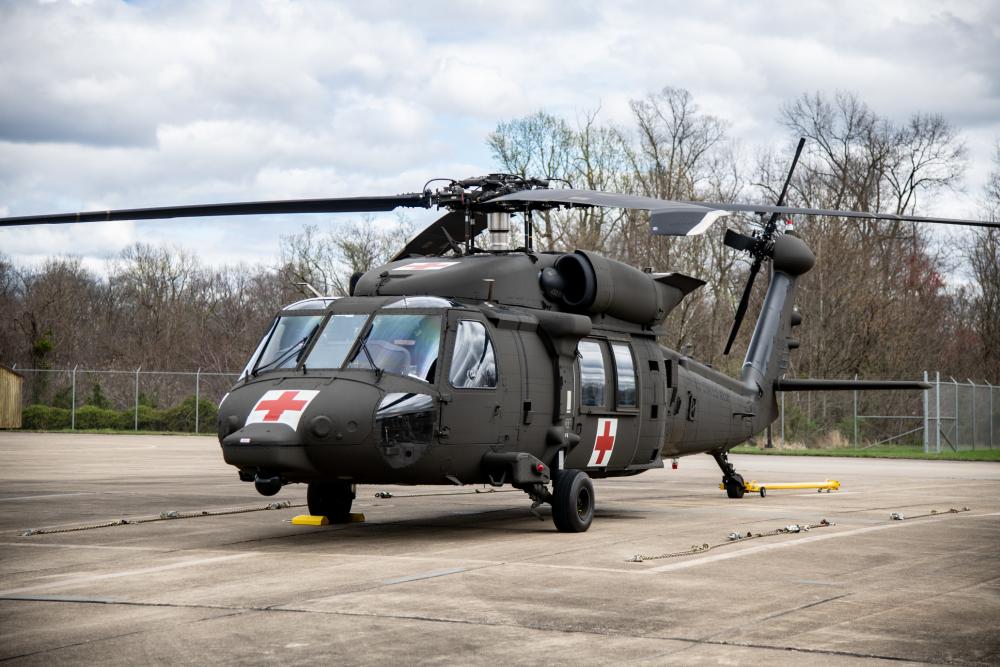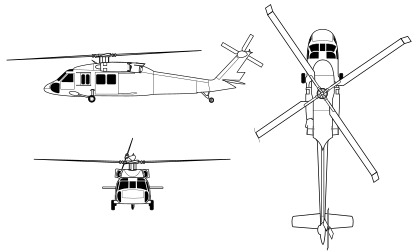UH 60 Technical Specifications and Efficiency Testimonial
UH 60 Technical Specifications and Efficiency Testimonial
Blog Article
A Comprehensive Guide to the Maintenance and Care of Airplane for Durability
The long life of an airplane hinges substantially on its maintenance and care, demanding a structured technique to guarantee optimum performance and security. Comprehending the complexities of these practices can be complicated; for that reason, it is important to discover the vital components that contribute to effective aircraft care and the ramifications of ignoring these obligations.
Relevance of Normal Upkeep
Regular maintenance is crucial for the security, efficiency, and durability of airplane. A systematic approach to maintenance makes sure that all components operate ideally, thereby lowering the threat of mechanical failing throughout operation. Routine assessments and servicing enable technicians to determine potential problems before they rise into considerable issues, guaranteeing that the airplane continues to be in conformity with aviation policies.
Moreover, maintaining an airplane according to the manufacturer's guidelines is important for maintaining its worth. A well-documented maintenance background can enhance resale prospects and instill self-confidence in potential customers. Furthermore, regular maintenance adds to operational performance, as it aids to enhance fuel consumption and efficiency metrics, causing cost savings gradually.
Additionally, regular maintenance adds to the overall safety and security of flight procedures (uh 60). By resolving wear and tear promptly, operators can alleviate dangers connected with aging aircraft systems. This positive technique not only shields the lives of passengers and staff however likewise safeguards the aircraft itself against tragic failures

Daily Examination List
Just how can pilots and upkeep staffs make certain the airplane remains in optimal problem before each flight? The response exists in a comprehensive day-to-day inspection checklist, which works as a crucial procedure to identify prospective issues that might endanger safety and security and performance. This list should encompass a number of key locations, including exterior and indoor examinations, as well as useful checks of critical systems.
Starting with the exterior, teams need to analyze the airframe for any kind of visible damages, leakages, or signs of corrosion. Interest should be paid to manage surface areas, touchdown equipment, and the problem of tires. Relocating to the inside, the staff must confirm that all tools and controls are functional, guaranteeing that electronic systems are working properly.

Along with architectural checks, it is important to inspect fuel degrees and validate that all needed records, consisting of registration and weight and equilibrium information, are up to date. Ultimately, a review of emergency tools, consisting of life vests and fire extinguishers, should be carried out to guarantee compliance with security regulations. By faithfully following this everyday evaluation checklist, pilots and upkeep teams can considerably improve the safety and reliability of their airplane.
Arranged Upkeep Programs
Set up upkeep programs are essential for the long-term safety and security and effectiveness of airplane procedures. These programs are created to guarantee that all airplane parts undertake normal examinations, maintenance, and essential repair work at predetermined intervals. By sticking to an organized upkeep timetable, drivers can substantially lower the risk of in-flight failures, enhance airplane integrity, and expand the life expectancy of important elements.
Usually, scheduled upkeep is categorized right into various degrees, consisting of A, D, b, and c checks, each with distinct needs and thoroughness. A checks are normally a lot more regular and concentrate on fundamental minor repair work and aesthetic assessments, while D checks are more thorough and take place less regularly, entailing comprehensive disassembly and overhaul of the airplane.
Regulatory bodies, such as the FAA and EASA, required conformity with particular maintenance routines based upon aircraft kind and use. Operators needs to maintain precise documents of all maintenance done to show conformity and assist in examinations. The integration of predictive maintenance modern technologies can further boost the effectiveness of scheduled programs by recognizing prospective issues prior to they rise, therefore guaranteeing that airplane remain in optimal problem and ready for secure operations.
Take Care Of Aircraft Interiors
Looking after aircraft interiors is important not only for passenger convenience however likewise for maintaining the total value and safety and security of the aircraft. Normal cleaning and maintenance of the indoor parts contribute substantially to a favorable flying experience while preserving description the airplane's visual allure.
To make sure ideal treatment, it is necessary to establish a routine cleaning schedule that includes vacuuming rugs, cleaning down surfaces, and sanitizing high-touch locations. Furniture and seats ought to be checked for deterioration, with any kind of damage immediately dealt with to stop further deterioration. Additionally, interest needs to be offered to the galley and lavatory areas, which require comprehensive cleansing and restocking of supplies to maintain health.
Additionally, making use of proper cleaner is vital; harsh chemicals can damage finishes and products, so it is advisable to use items specifically made for airplane insides. Regular evaluations should additionally be carried out to determine any type of maintenance needs, such as replacing damaged seat covers or repairing home window shades. By prioritizing the care of aircraft insides, drivers can improve the total traveler experience and safeguard the investment in their aircraft.
Comprehending Regulative Conformity
Governing compliance is a vital facet of airplane maintenance, often requiring operators to stick to a complex framework of local, national, and worldwide criteria. This framework is largely developed by air travel regulative bodies such as the Federal Aviation Management (FAA) in the USA and the European Union Aviation Safety And Security Firm (EASA) in Europe - uh 60. These companies state guidelines that control different aspects of aircraft upkeep, consisting of airworthiness, security methods, and operational treatments

Additionally, operators have to remain educated regarding changes in policies and take part in training programs to make sure that their staff is well-informed concerning conformity demands. Failure to conform with these guidelines can lead to extreme charges, More about the author consisting of fines, grounding of aircraft, or loss of accreditation. For that reason, understanding and sticking to regulatory conformity is extremely important for the long life and security of aircraft operations.
Conclusion
In final thought, the upkeep and care of airplane are critical for making certain durability, security, and functional performance. Attention to the aircraft's inside and compliance with governing criteria considerably contribute to maintaining its worth.
The long life try this web-site of an aircraft hinges considerably on its upkeep and treatment, demanding an organized method to make sure ideal performance and security. By carefully following this everyday evaluation checklist, pilots and upkeep teams can dramatically boost the safety and dependability of their aircraft.
These programs are designed to make sure that all aircraft elements undertake routine inspections, maintenance, and necessary repairs at established intervals. By prioritizing the care of airplane insides, drivers can boost the overall passenger experience and shield the investment in their airplane.
In final thought, the maintenance and care of aircraft are vital for making sure long life, security, and operational efficiency.
Report this page